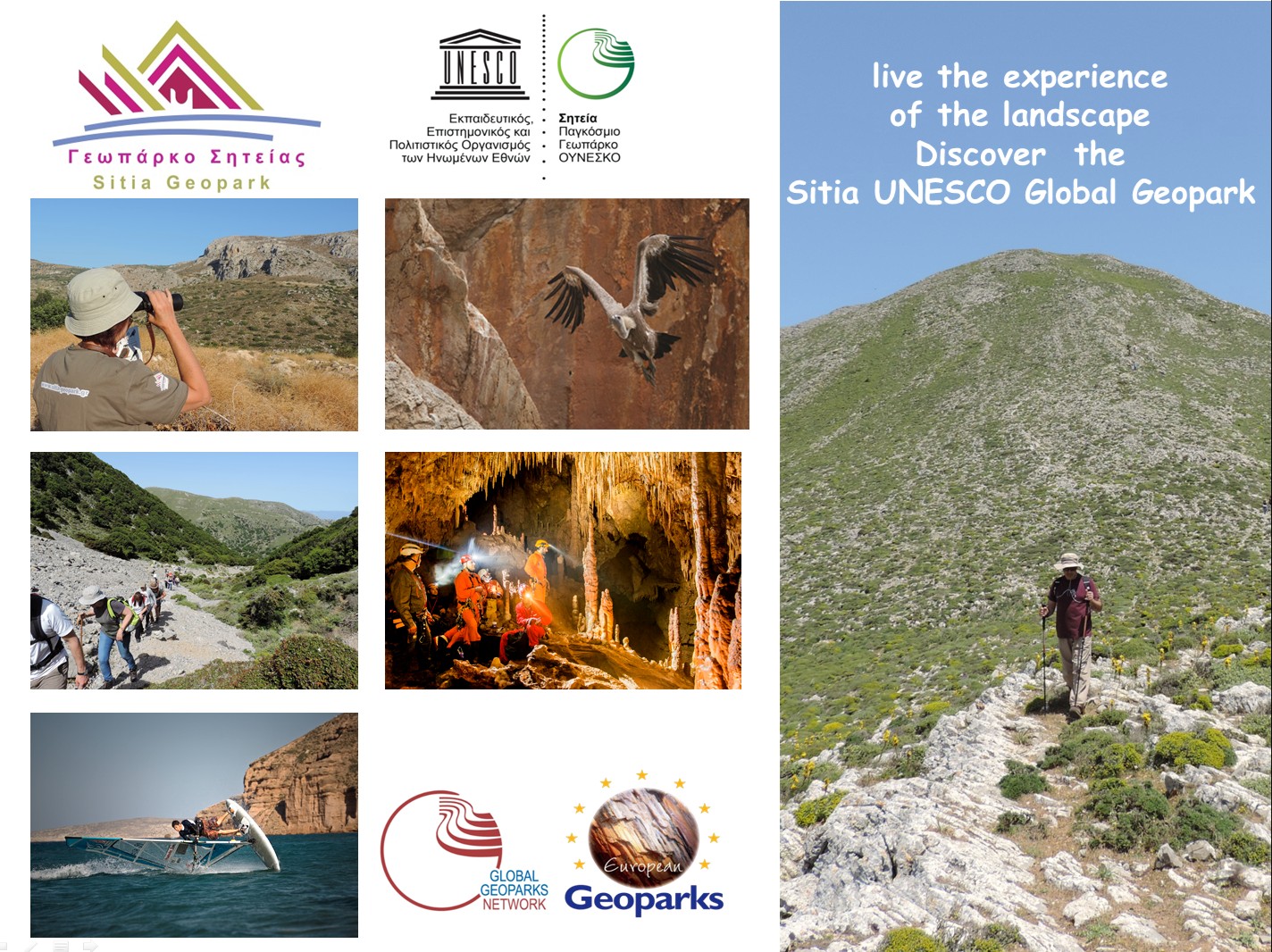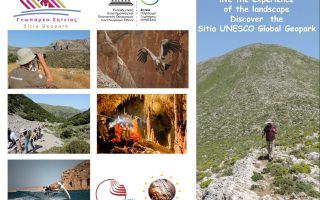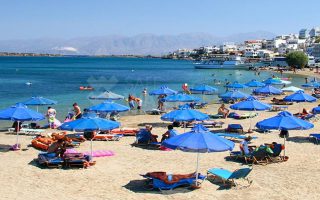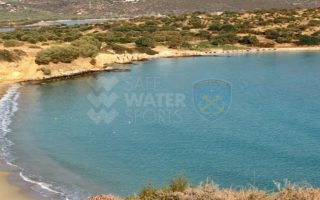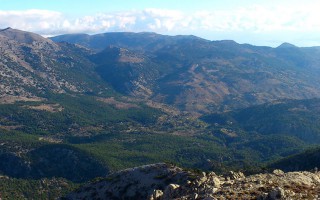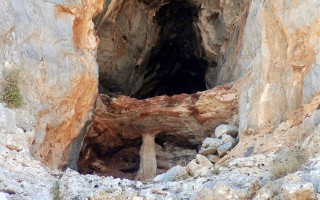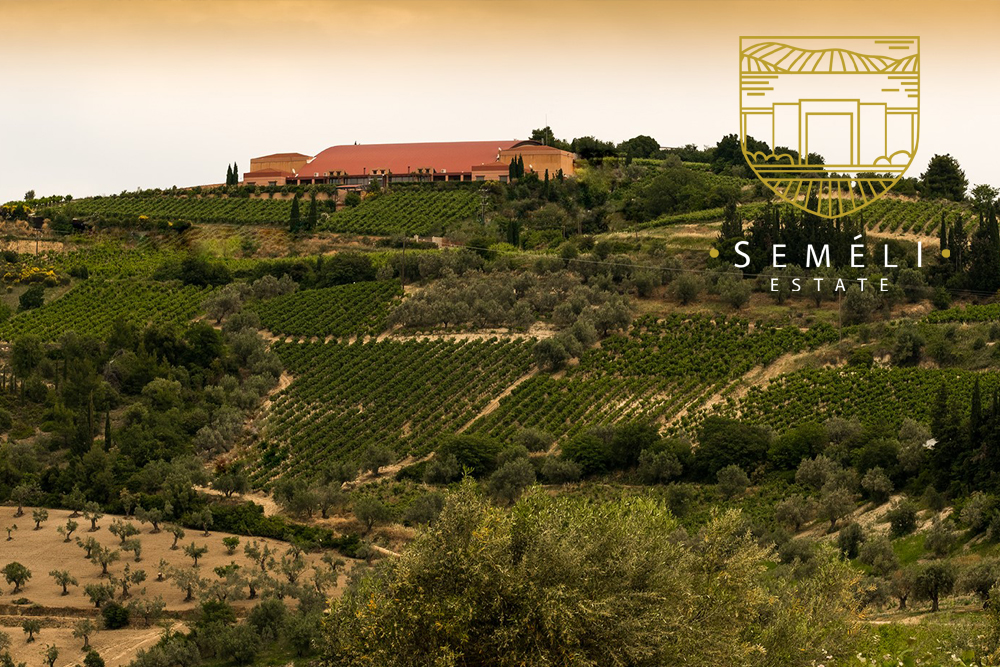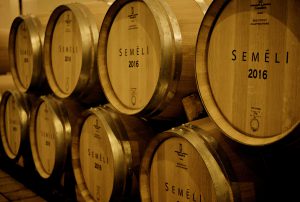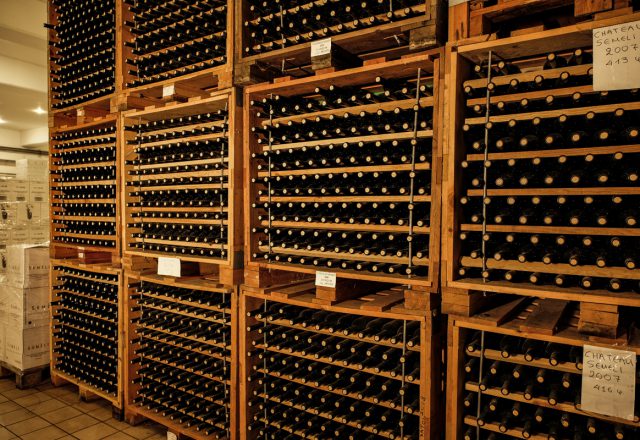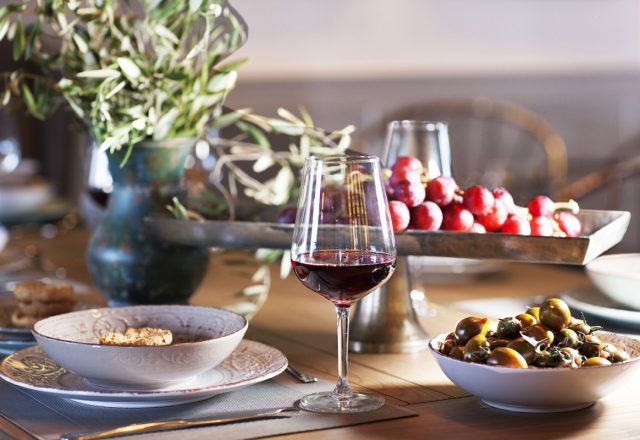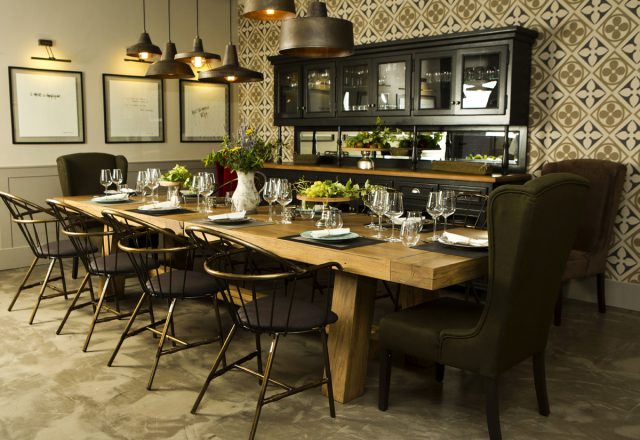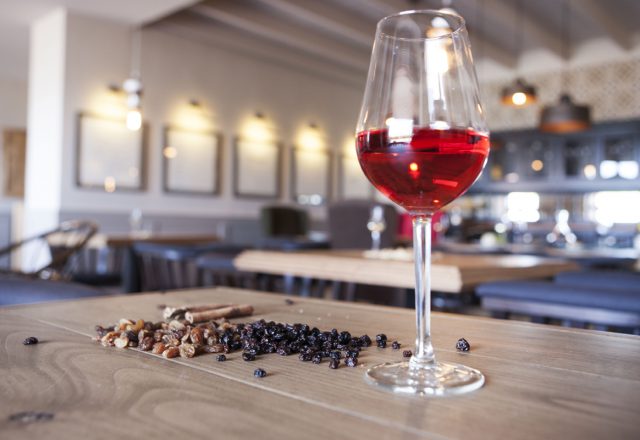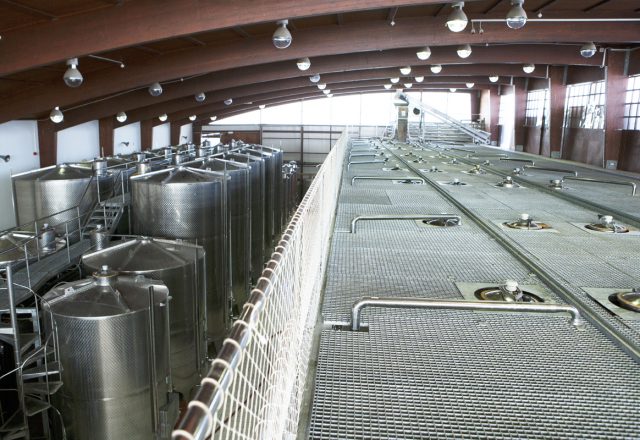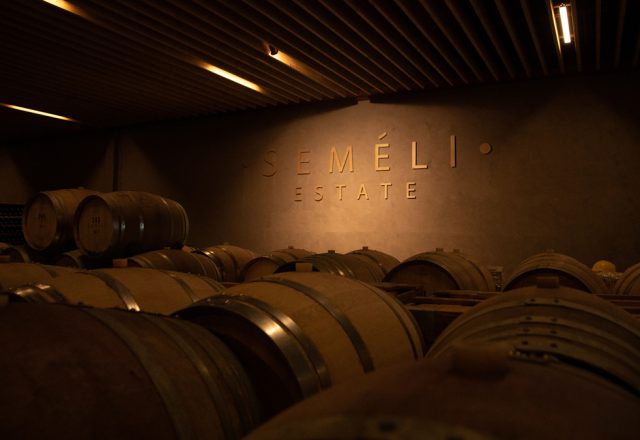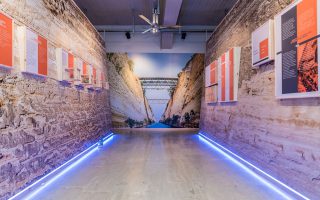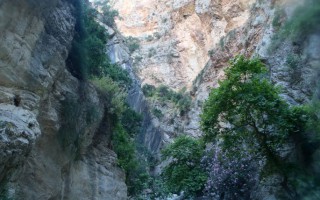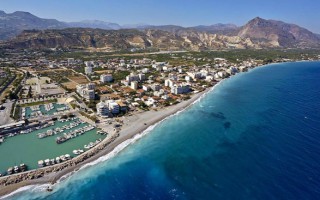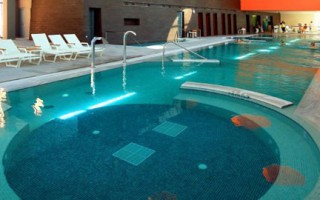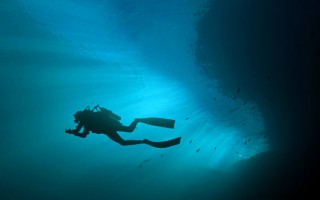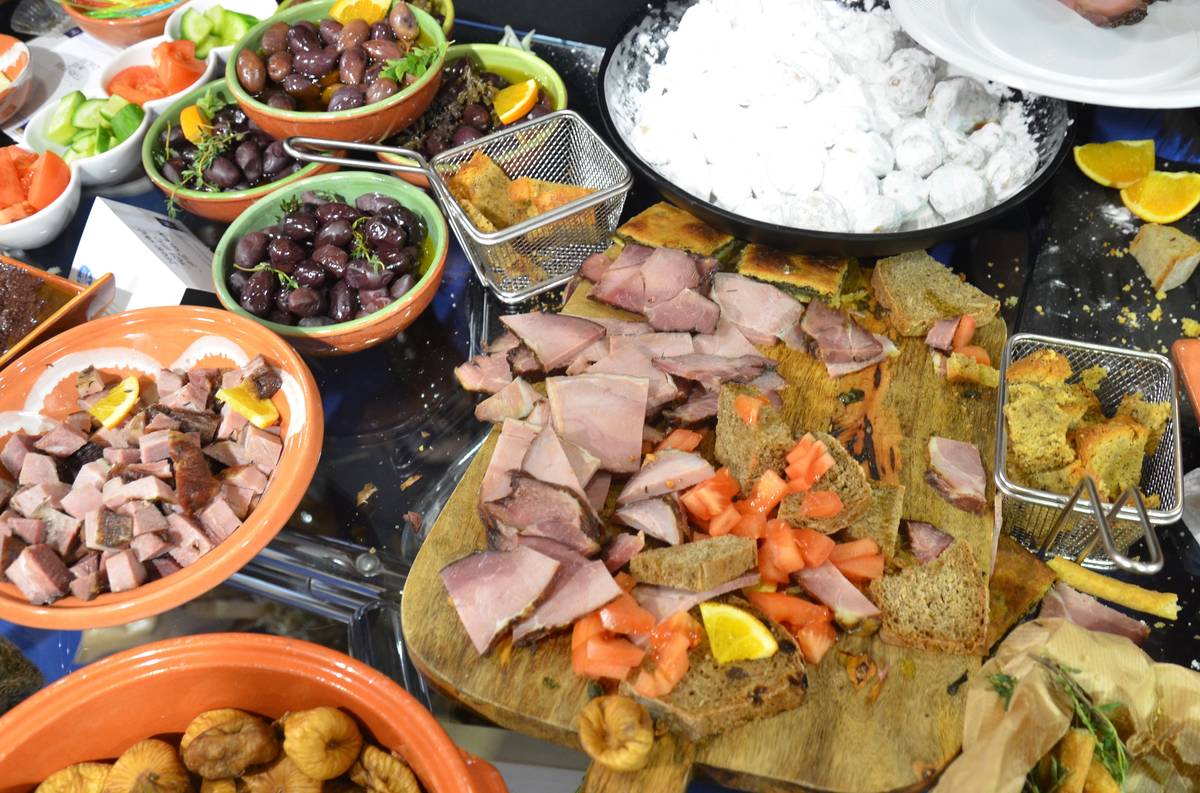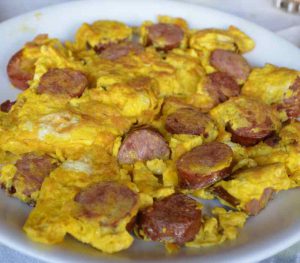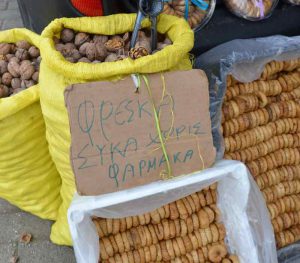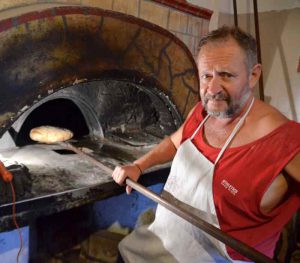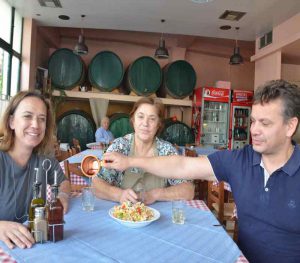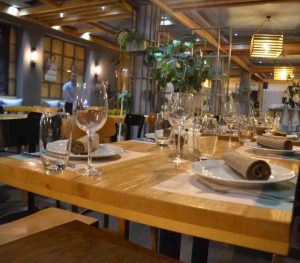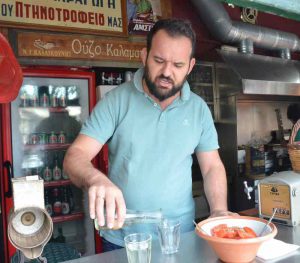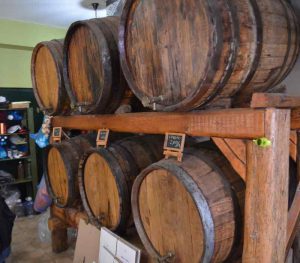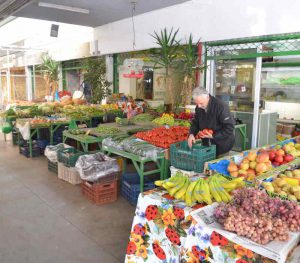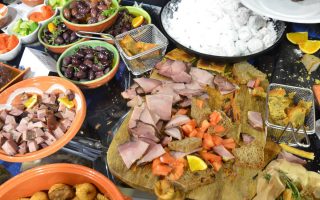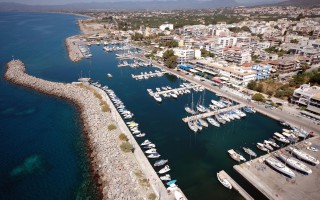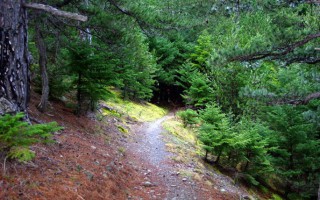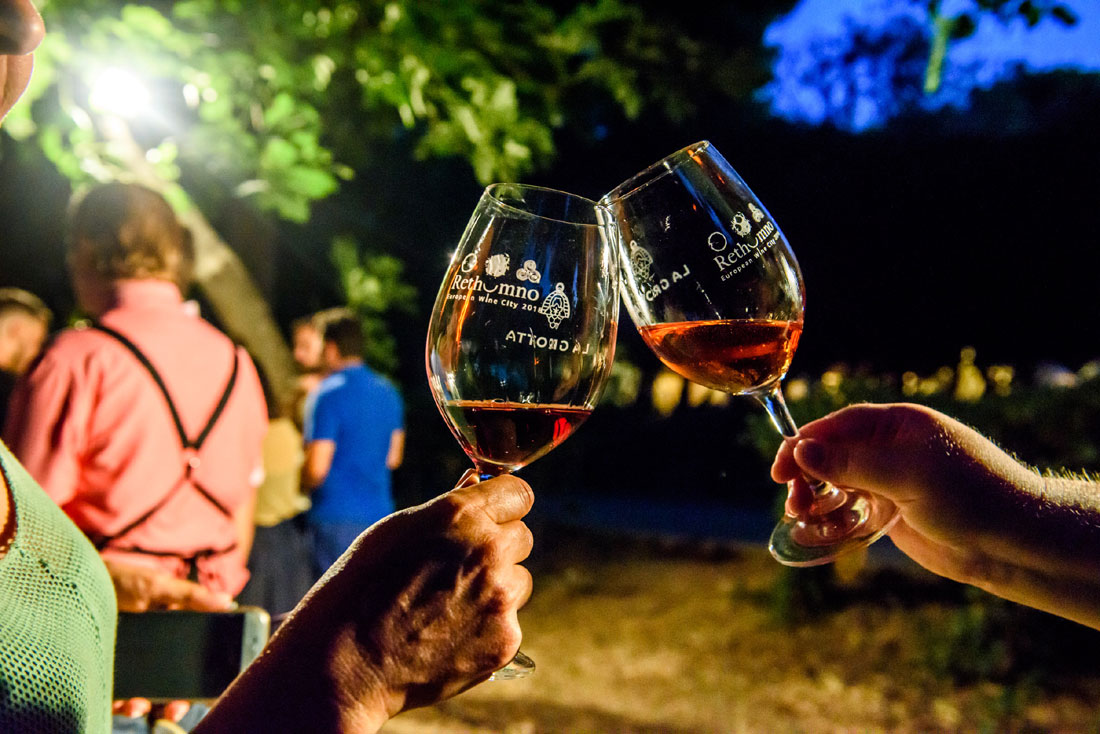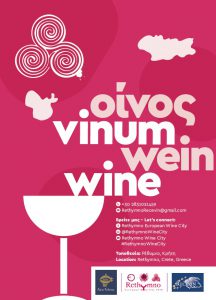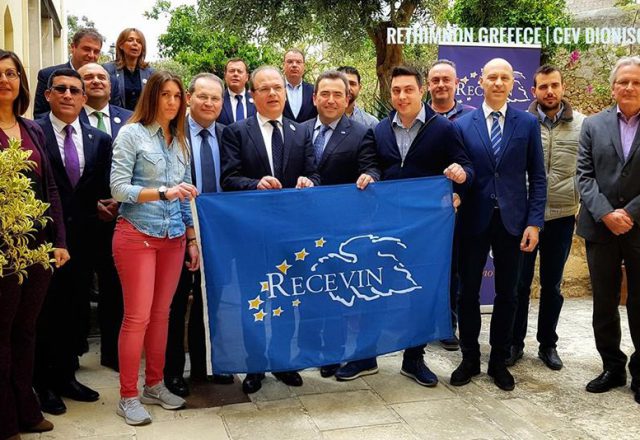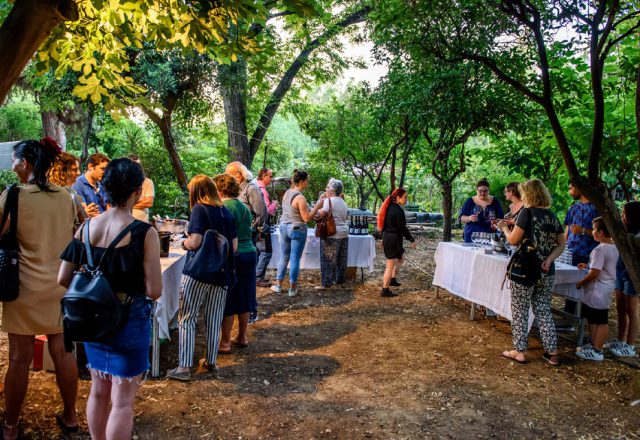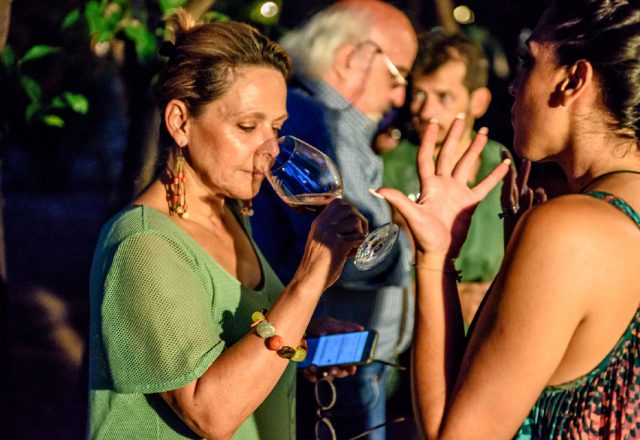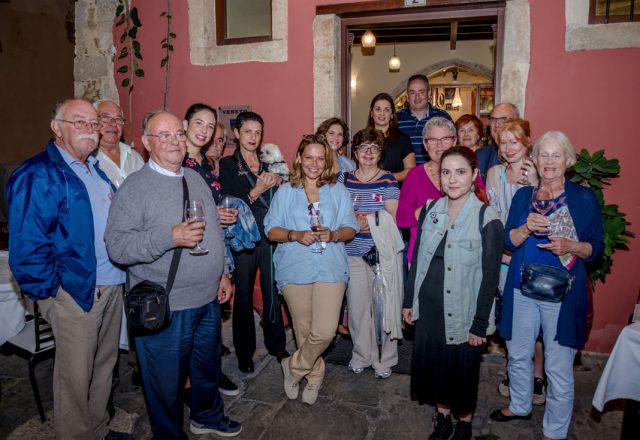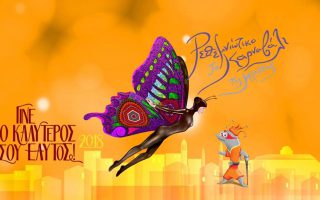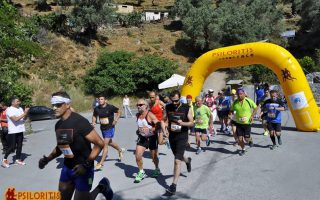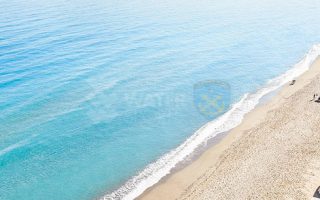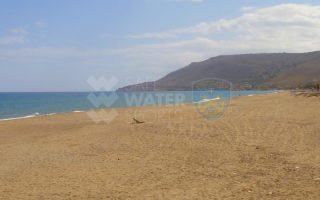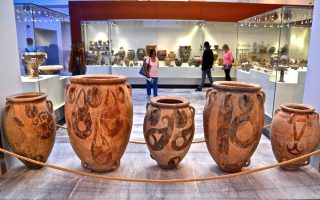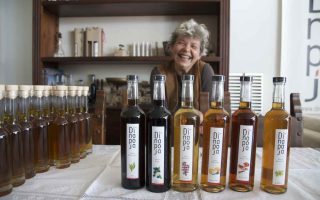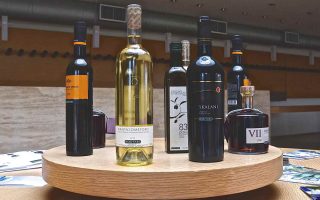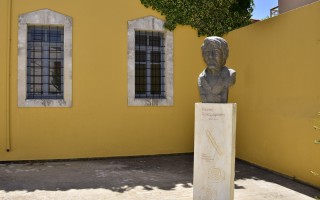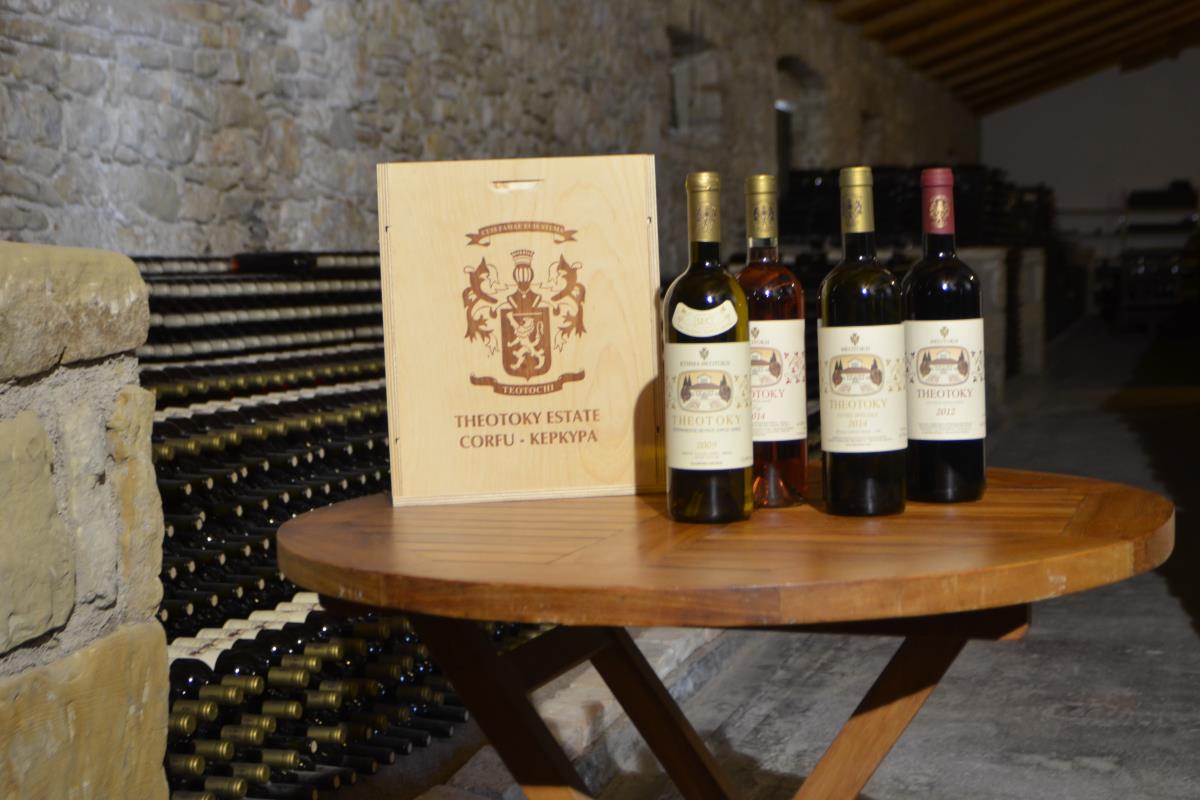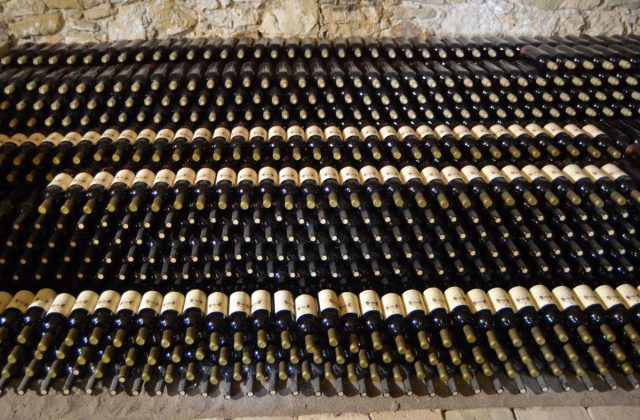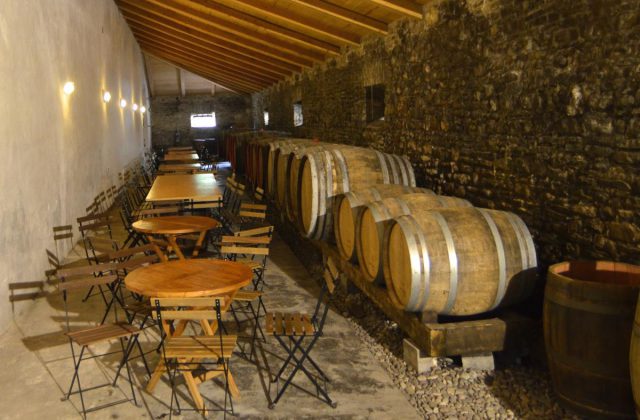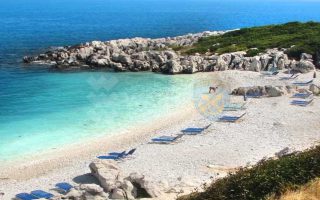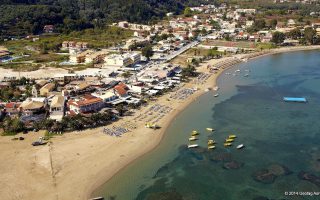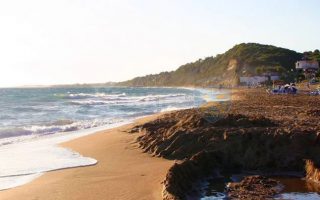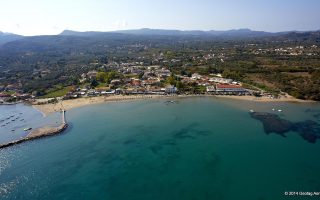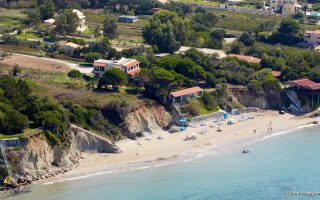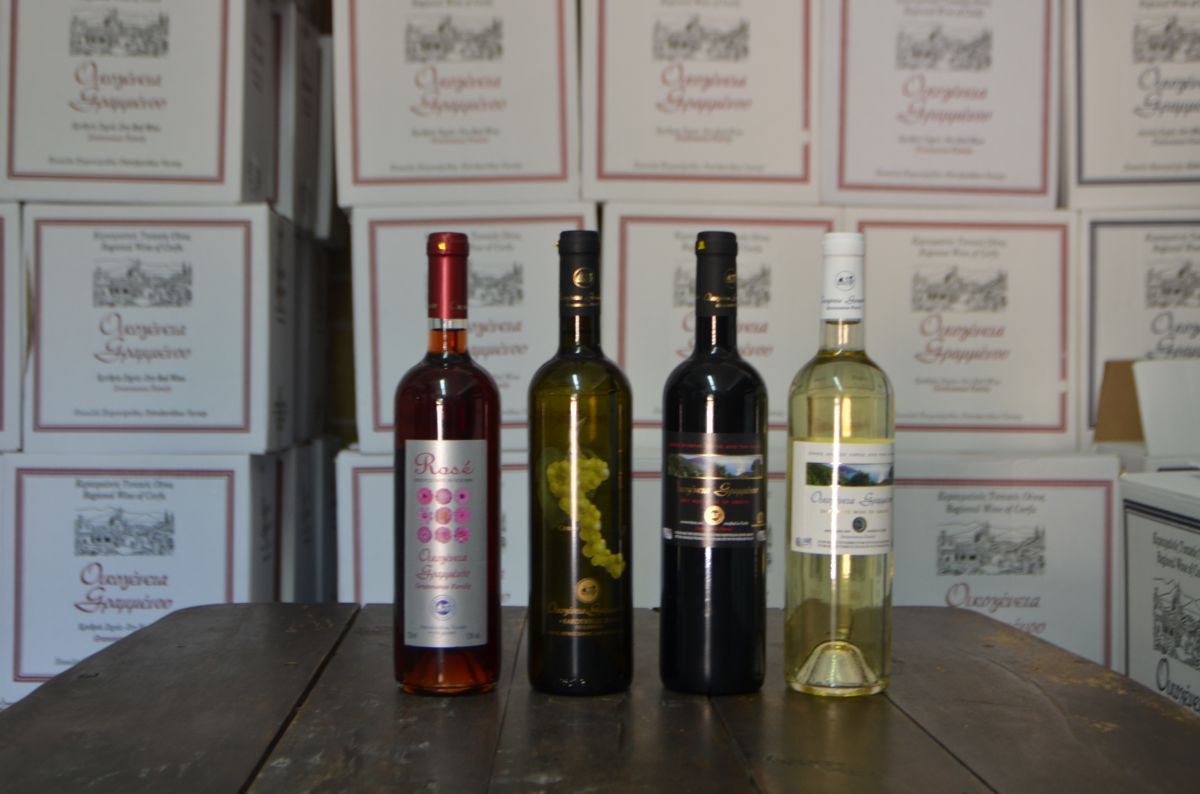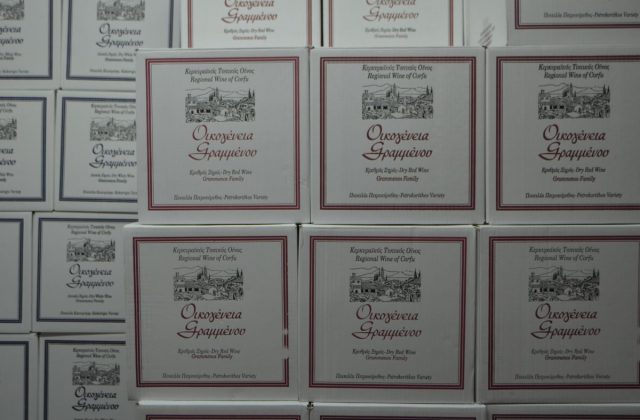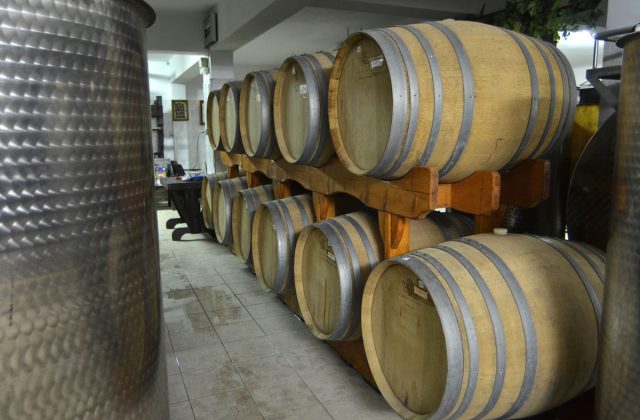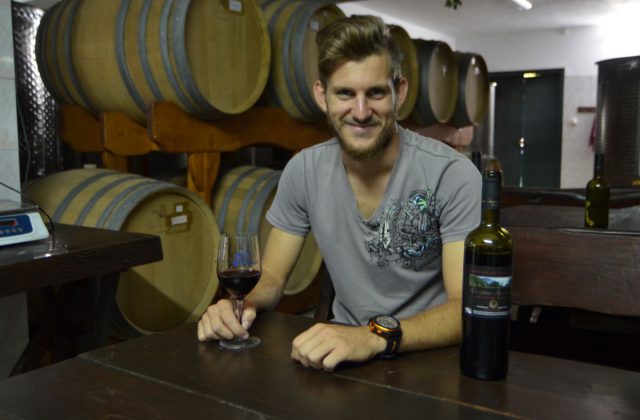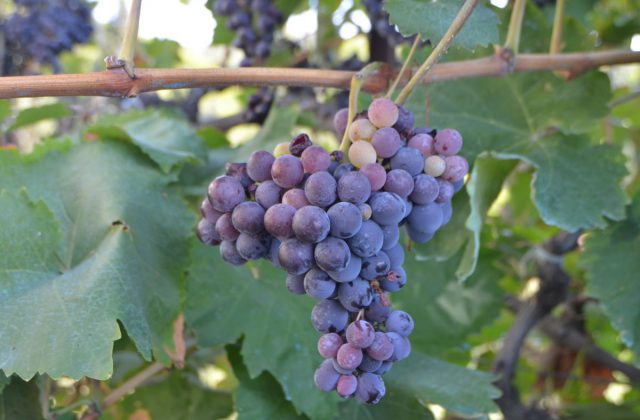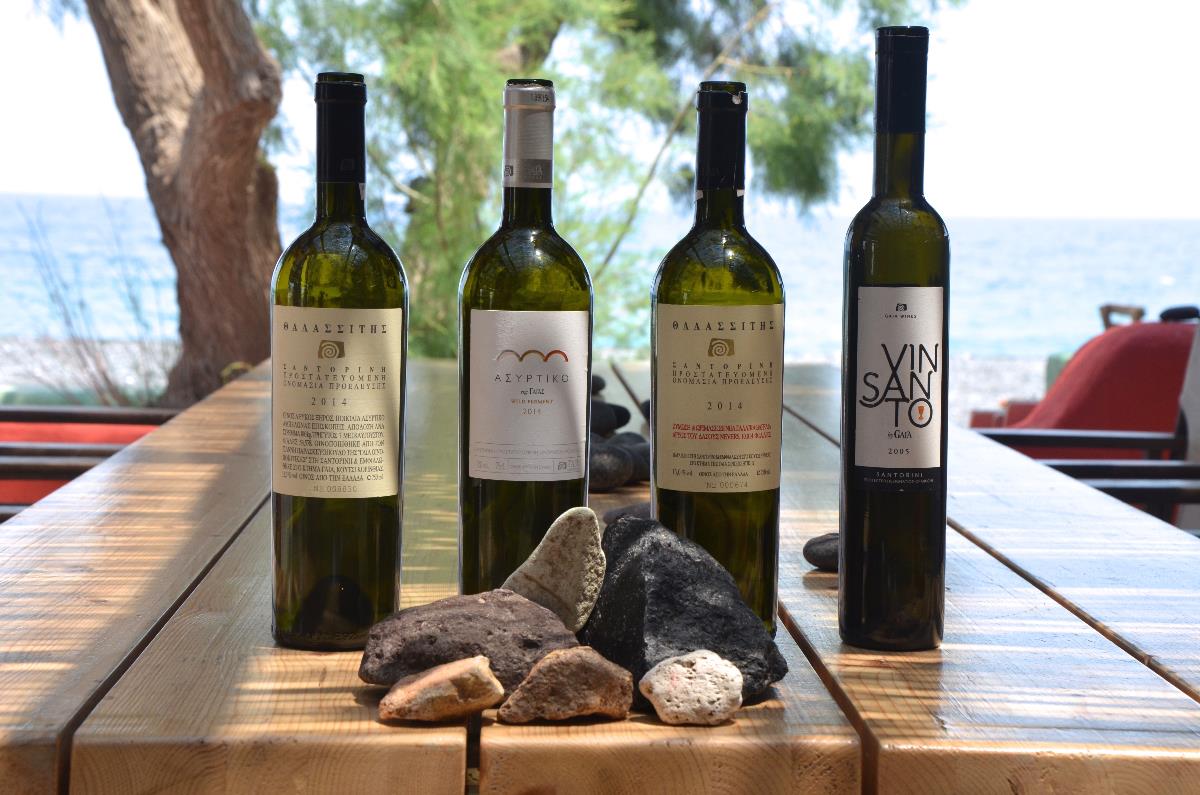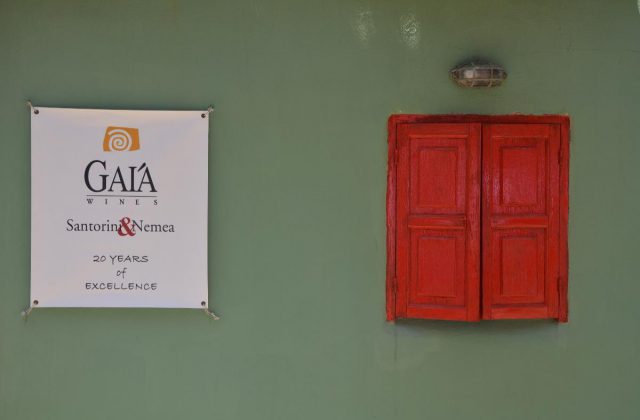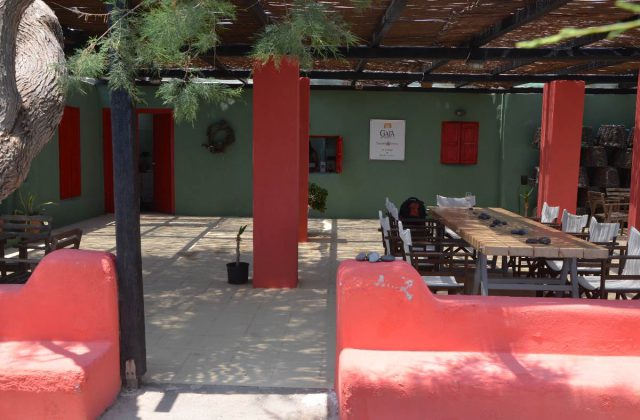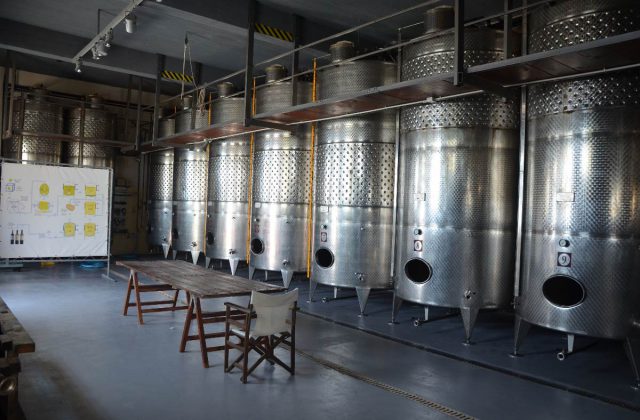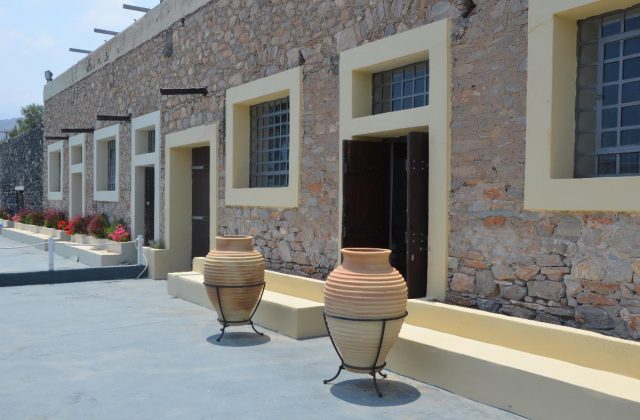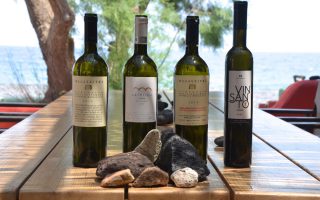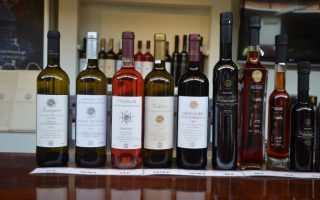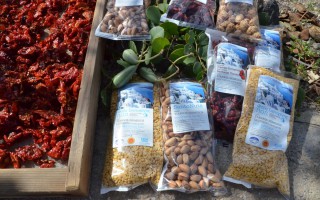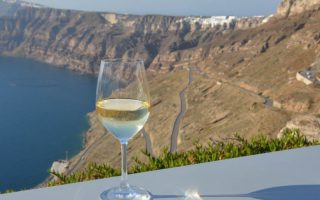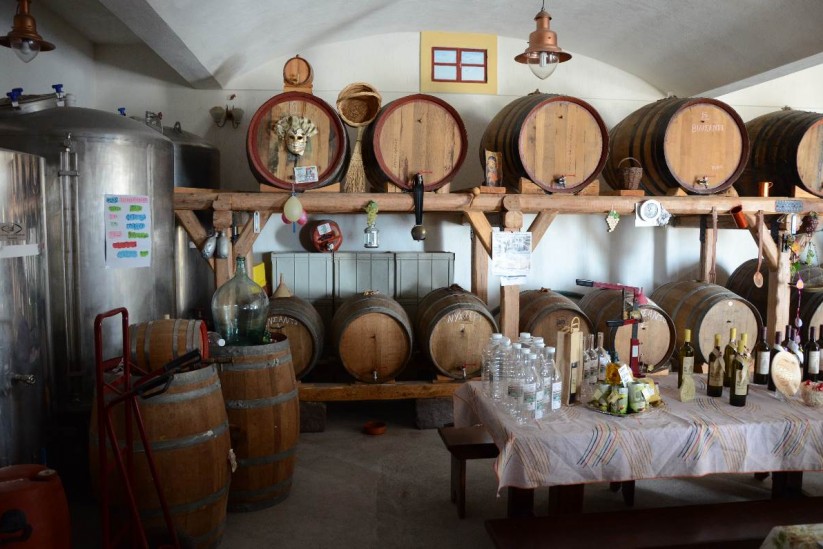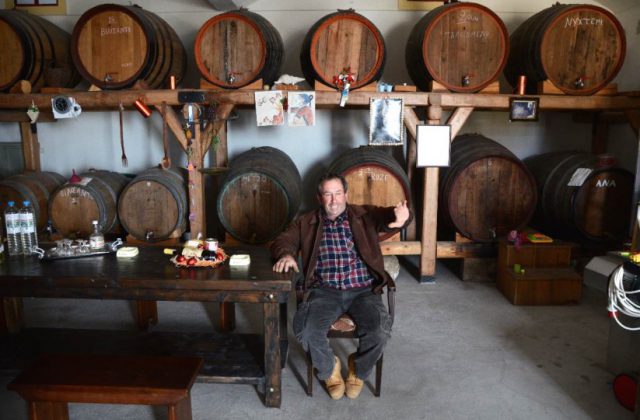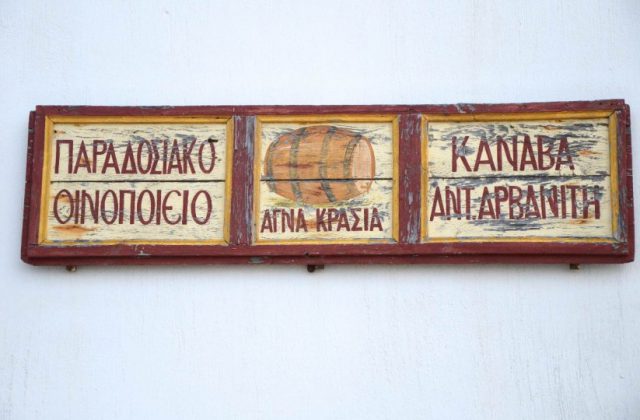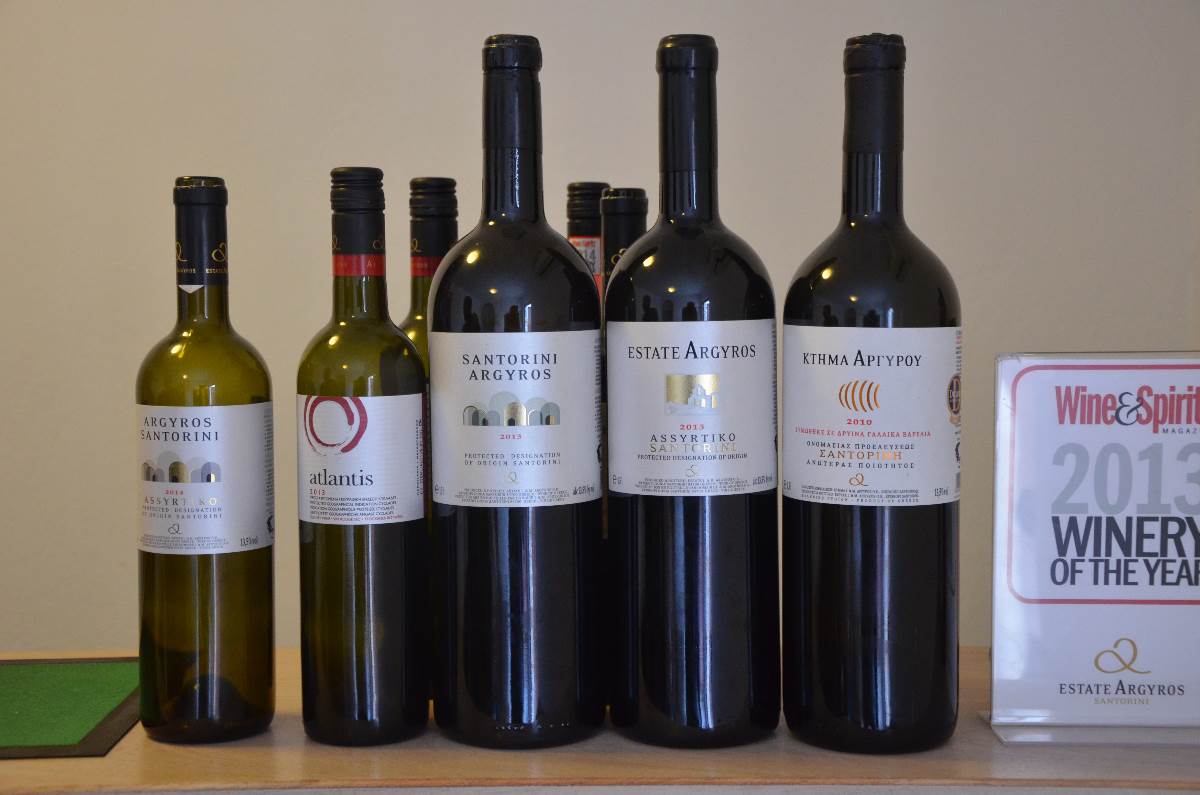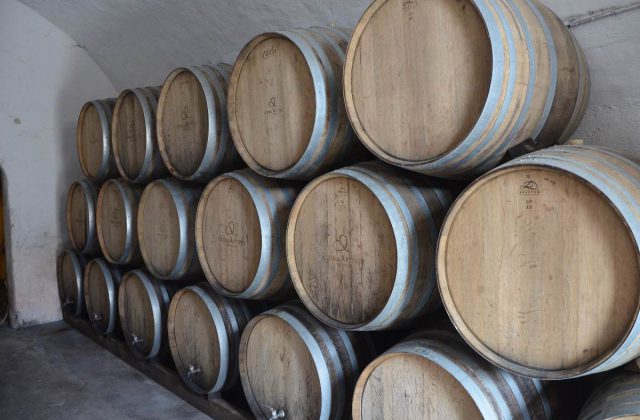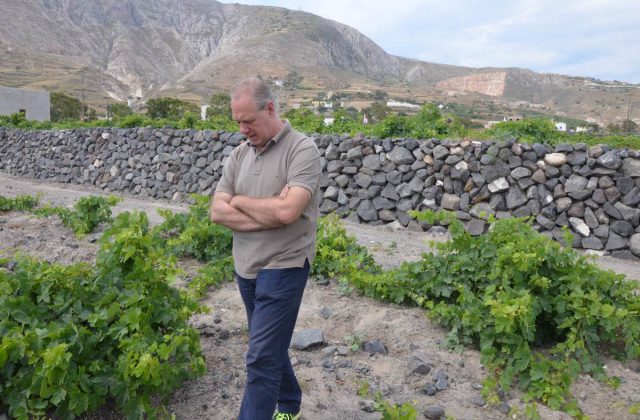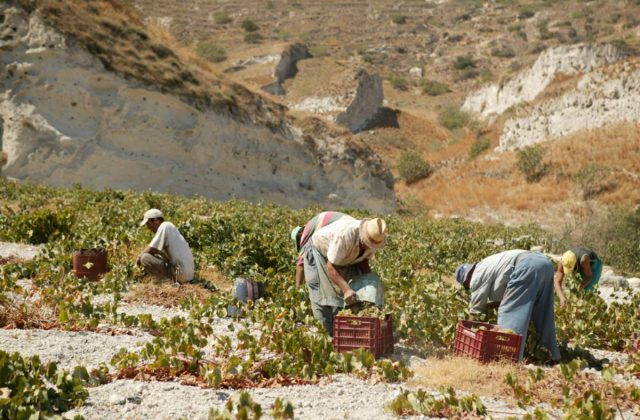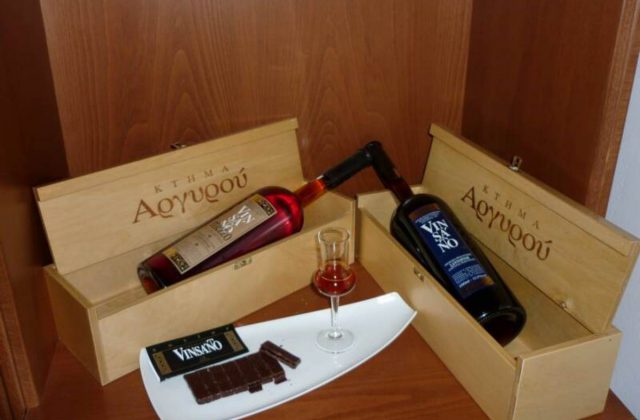When the Sitia region became a member of the UNESCO Geopark family, we had no idea just how much positive change this would bring!
This new aspect of tourism “Sitia Geopark”, is proving to be a considerable point of interest, especially in the alternative tourism market. The natural environment is no longer an obstacle for tourism development, on the contrary it is a great attraction for visitors.
We are seeing increasing interest in our Geopark from our customers, both individuals and tour operators from all over Europe. Sitia Geopark recently took part in online exhibitions’ of alternative tourism with Belgium, Poland, UK, Germany and France. We spoke with tour operators, journalists and travel writers. This type of tourism was something new to many of them and we detected great interest.
This is because our new venture is different and better than anything previously on offer!
Before our area was designated as a Geopark, the tourism product sold by the area of Sitia was Crete’, as promoted by all the island – Chania, Rethymno, Heraklion etc. Impossible competition!
“Sitia Geopark” is a totally new autonomous venture, found only in our area, fully compatible with alternative forms of tourism. It seems therefore that our region is slowly beginning to take a leading role, by fulfilling the needs of the modern tourist. The classic product of mass tourism and the trio of sun, sea and antiquities has completed its life cycle in these changing times and is naturally evolving into special and selective, ie alternative forms of tourism.
But what is “alternative tourism”?
And I quote the most appropriate description I can find: “Alternative tourism is the form of tourism, which is compatible with the social and environmental values of the region allowing both the local society and visitors to enjoy positive, worthwhile interaction and shared experiences. In other words, “alternative tourism” is the development that meets the needs both of the visitors and the region.
Three forms of alternative tourism have been developed and sold as package holidays to offices abroad in the last 12 years within the “Sitia Geopark” area.
The 1st alternative form of tourism is “walking tourism”. Over 25 marked routes are available with packages including accommodation, transportation, and guided tours for individual visitors as well as small groups of 6-15 people.
The 2nd form of alternative tourism – the largest alternative programme in our area for the last 18 years – is the sport of Windsurfing, which takes place on the beach of Kouremenos, Palekastro. The package includes accommodation in Palekastro area, transport and equipment (boat, sails) supplied by the 2 windsurfing stations located on the beach.
The 3rd form of alternative tourism is “cycling tourism”. Over 7 marked cycling routes are available within the Geopark area. The packages include accommodation in the area, transport and supply of city or mountain bike for individual customers or small groups of 6-15 people.
We are expecting a 4th very promising form of alternative tourism, “diving tourism”, to be added to our area with the creation of a diving park in the near future.
If asked today what the future tourism model for an area would be, I would say, 30% mass tourism and 70% alternative forms of tourism. The areas where mass tourism has prevailed show us that the above ratio is very difficult to achieve. To this end, we should consider the actual capacity of the area and we certainly need the support of government and the municipality.
Why choose 30% mass tourism? Mass tourism obviously controls the airlines and handles millions of people. Even though it creates many negatives in the host areas (for example Malia, Hersonissos, Faliraki, Rhodes, etc.), it also has 2 positives that we need in our area:
1) Direct flights from abroad to Sitia International Airport, offering easy and quick access to the destination and reduced package costs for customers.
2) New job opportunities in hotels/tourism for young people.
And why 70% alternative forms of tourism?
1) As far as revenue is concerned, one customer of alternative tourism equals
10 mass tourism customers.
2) It is more resistant to crises and pandemics. For example, regardless of the
Covid-19 pandemic, generally speaking small hotels, villas and apartments
in areas less developed developed continued to operate at a much lower
loss, whereas many large hotels and resorts remained closed in 2020 and
may well not open in 2021.
3) Not easily blackmailed by big tour operators.
4) Eco-friendly and local population-friendly as opposed to mass tourism.
5) The relationship between humans and the natural environment is restored.
6) Sustainable tourism development is created, by answering both the needs
of visitors and host areas, while protecting and increasing future
opportunities.
7) The local community profits the most as opposed to 2-3 people in the case
of mass tourism.
8) Repeat customers are created.
9) It attracts those in the high-end market with high standards, who would
never consider mass tourism.
This is dedicated to our future generations!
In no way do we want our actions of today to limit the ability of future generations to fulfill their own needs!
Kind regards
George Belibasakis
Web: https://www.sitia-geopark.gr/
TourMap: https://tours.nhmc.uoc.gr/geo/sitia/
since 1979
“an evolving tradition in winemaking excellence”
Founded in 1979, with deep roots in time-honored winemaking traditions and eyes on the future, the Semeli Estate produces wines of exceptional quality offering consumers best value for money.
The sunny Mediterranean climate and the extraordinary terroir, combined with the expert craftsmanship of our winemakers and the successful blending of indigenous and international varieties, result in wines of distinct character that have earned the respect of experts and captured the hearts of wine lovers worldwide.
Semeli Estate ranks among the country’s most advanced
and significant wine-related developments
… in the heart of a unique Greek terroir
Our privately-owned hillside vineyards span 32 acres, while another 100 acres are grown by affiliated local winegrowers.
This allows for continuous quality control throughout the growing season – an absolute must for consistently producing great wines.
Our state-of-the-art 4,200m² facility in the Nemea winemaking country, which can produce up to two million bottles annually, is a benchmark winery at a national level both in terms of innovative layout and excellent services.
Designed with respect for the natural environment and built on a vineyard covered hillslope with a long reputation of producing vintage grapes, the Semeli winery reflects our holistic approach to modern winemaking.
The Semeli-owned vineyards and those grown by affiliated winegrowers span more than 250 acres in the PDO areas of Nemea and Mantinia, as well as in other parts of the Peloponnese.
To ensure the best grape quality possible, the Semeli-owned vineyards are currently in the process of transitioning from conventional to organic cultivation.
In the next five years Semeli Estate plans to double its company-owned acres and develop ideal terroirs for the cultivation of well-known Greek and international varieties, as well as rare indigenous ones, which will produce unique single vineyard/single cru wines of exceptional quality.
#SemeliWineExperience
Live a unique wine experience
The Winery and the private vineyards are located in the heart of Korinthia, the land rich with the history of kings and heroes.
Designed with respect for the natural environment and with an innovative layout, the modern and stylish Semeli winery blends perfectly with the beautiful surrounding landscape.
The Semeli Estate is located at an altitude of 600m on a hillslope covered with vineyards, one of Greece’s most celebrated terroirs.
Its strategic location in the winemaking region of Nemea ensures a healthy vineyard ecosystem, while offering visitors stunning views in a peaceful and relaxing setting.
In the midst of culture…
The Winery also offers easy access to internationally acclaimed archaeological sites of both historical and cultural interest, located in the vicinity. Amongst them in Ancient Nemea, the Temple to Zeus, the Archaeological Museum, and Ancient Stadium, The Acropolis at Mycenae and the Ancient Theatre at Epidavros. Not forgetting the first Capital City of Greece, Nafplion with its Venetian charm and the Environmental Museum overlooking the Lake of Stymphalia, home to the mythical birds of Homeric times.
A forward-looking winery…
Semeli Estate is among the first to focus on the growing trend of wine tourism and the promotion of wine culture’s time-honored traditions. Travelers of all ages, students and oenophiles from around the globe visit the Semeli Estate to get a fascinating insight into the world of viticulture and winemaking.
Our doors are open, Monday through Friday 10:00 a.m. to 4:00 p.m.,
Saturday & Sunday 11:00 am to 5:00 pm
For more information please contact us at +306985161414
or email us at hospitality@semeliestate.gr
Source: www.semeliestate.gr
Professionals in the field of gastronomy in its broadest sense – the agricultural sector, processing, hospitality, restaurants – have joined forces and created a society called the Gastronomic Community of Kalamata. Their goal is to enlist the best food-related businesses in the region, to set up a parallel structured link between Tourism and the Gastronomic Culture of Messinia, and to promote Kalamata as a centre for food and wine lovers, as a member of the programme “Gastronomy and Wine Tourism in Greece”
Source: /www.greekgastronomyguide.gr
Rethymno is celebrating the award of European Wine City 2018!
Great news for wine-lovers! Rethymno is celebrating the award of European Wine City 2018 by RECEVIN European Network, opening thus a new page for wine experience and wine-tourism.
Wine has always been a very important part of the daily life and the culture of Cretan people. It is the signature and seal of friendship in social gatherings and an indispensable element in the famous Cretan diet. It is also a symbol of composition, continuity, coexistence and harmony in our relation with the earth, the natural environment and other people.
The fertile soil, the sun and many years of experience, have made Cretans know how to produce wine artfully. The local producers, based on the high quality of the indigenous varieties, such as the white-Rethymnian Vidiano and the red Liatiko, among 11 other original Cretan varieties, and by combining the tradition with the modern know-how, continue to produce an excellent raw material.
This year’s Cretan Diet Festival (1-7 July 2018), was oriented towards wine and its important role in gastronomy: wine-tastings, wine-pairings with the famous Cretan cheese and other Cretan products, seminars and wine classes, recipes based on wine, finger food pairing, back to back tastings, special restaurant menus, and many other special events have been planned, in order to make locals and visitors have an exquisite wine experience, full of music and fun!
Apart from the Cretan Diet Festival, many cultural and culinary actions are planned, both for professionals and the public, throughout the year: you can follow a wine-route, visit a winemaker, taste special cocktails based on wine and served in the best bars of the city, attend art events and exhibitions inspired by wine’s journey throughout the centuries and explore the enchanting process of wine-making through seminars, workshops and conferences.
Certainly Rethymno is not only a vacation place to come and visit but a safe destination full of cultural and nature experiences, with its clean sea and its unspoiled environment. The beautiful landscape, the vibrant small villages, the hospitality and the numerous options for filling the agenda of your visit, make the city the ideal all-season destination.
And this year, Rethymno will be the meeting point for both, foodies and wine-lovers! Don’t miss the chance to be part of the celebration!
For more information:
facebook: Rethymno European Wine City
instagram: @rethymnowinecity
YouTube: Rethymno Wine City
The Boutari Winery in Crete is built outside Skalani village, on the Fantaxometocho Estate, at 8 km kilometers from the centre of Heraklion city. This winery is really the gem of the viticultural zone of Archanes.
Fantaxometocho Estate or otherwise called “the settlement of the ghosts” (this second name explains the meaning of the word fantaxometocho) owes its name to the efforts made by the former owner to save the estate from the pirates’ raids by spreading the rumor that the estate was filled with ghosts.
Skalani Estate produces annually 100,000 bottles of wines and 4 wines with “Skalani” wine taking the lion’s share of the wine production. “Skalani” is a PGI red wine (Protected Geographical Indication), a blend of Kotsifali (50%) & Syrah (50%) varieties.
Μore at Greek Gastronomy Guide…
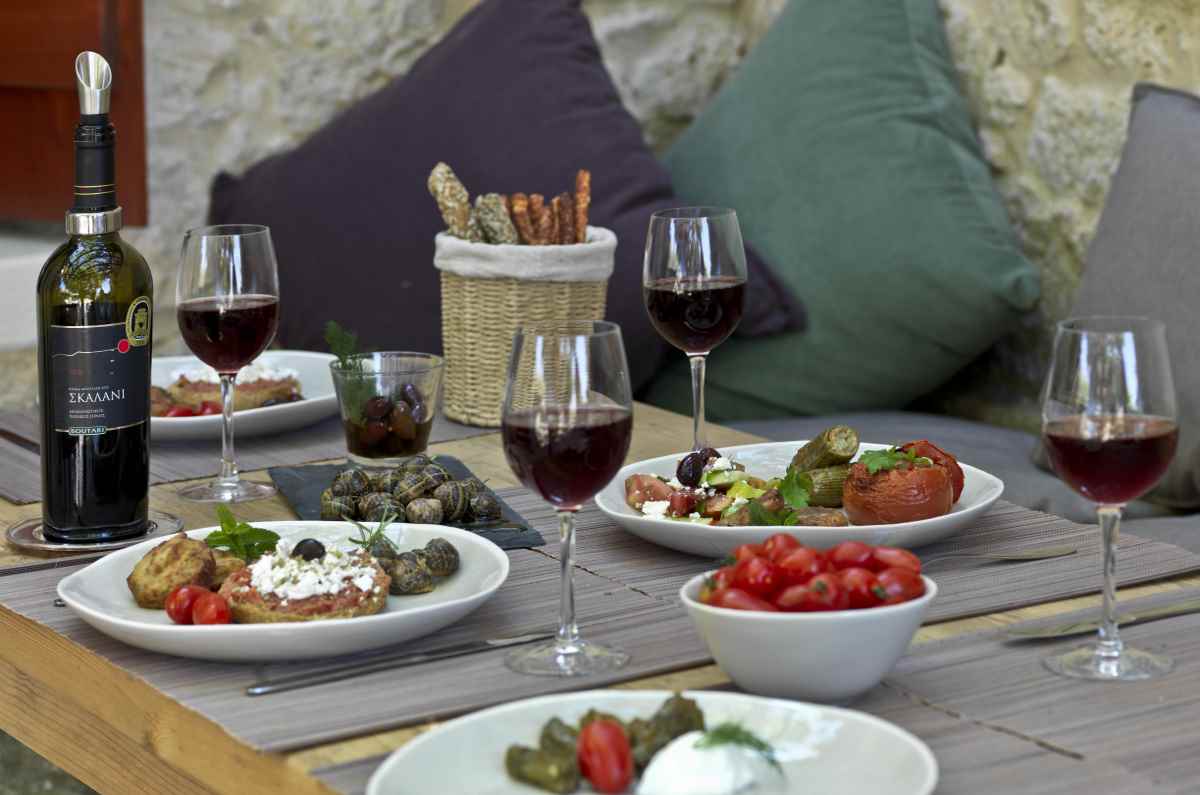
Source: www.greekgastronomyguide.gr
The Theotoki Estate, an expanse of 300 acres, is set in a breathtakingly beautiful spot in the Ropa Valley in Corfu, where the vineyard is surrounded by a pine forest and age-old olive groves.
The Theotoki family is one of the oldest in Greece and the estate has belonged to the family for generations. Ioannis Theotokis, father of the present owner, Georgios, studied at the famous Universität für Bodenkultur (Agricultural University) in Vienna and was very tied to the land and his vines. After the death of his brother, Ioannis Theotokis dedicated his life to politics and served three terms as Minister of Agriculture. In 1950 he was elected Prime Minister of Greece.
Μore at Greek Gastronomy Guide…
Source: www.greekgastronomyguide.gr
The Grammenos Family Winery is located at Aerostato on the top of the mountain above Sinarades, with a stunning view over the beach of Ai Gordi in Corfu. The family has been occupied with growing grapes and making wine since the mid 20th century. Their experience, knowledge, love and dedication led to the creation of a modern plant aimed at producing high quality wines. The ever-increasing potential of the enterprise has been confirmed by the success of their wines in the local market.
Today the new Grammenos winery collects grapes from the family-owned vineyard on the west slopes of Sinarades and the area of Skafonas, where the local POD (Protected Origin of Destignation) white Kakotrygi variety is cultivated along with the local red Petrokorythos. In addition, it has an exclusive collaboration with the growers (under the company’s supervision and guidance) and also makes white wines from Sauvignon Blanc, Roditis, Malagouzia and reds from Cabernet Sauvignon and Merlot which are cultivated on the mountain slopes above Aigio on the Peloponnese.
Source: www.greekgastronomyguide.gr
The Gaia Winery on Santorini (the firm has another one in Nemea) is on the eastern side of the island, right next to the sea, near the airport and between the villages of Kamari and Monolithos. It is housed in an exquisite stone building constructed in the early 20th century, which used to be one of the 13 tomato processing plants on the island.
The abandoned cannery was purchased and renovated by Gaia Winery in 1999, giving it a second lease on life, this time as a winery. This impressive structure, an example of an early factory of Greece, has found a new use and through it has retained its industrial form and function.
Μore at Greek Gastronomy Guide…
Source: Greek Gastronomy Guide
Among the new wineries and the new vintners of Santorini who bring honour to Greece abroad with their wines, there is a veteran. Antonis Arvanitis is a warm human being and he greets you that way at his cellar in Megalochori not far from Pyrgos.
At “Antonis Arvanitis Winery” one can drink the old nychteri, the wine that was harvested over-ripe and fermented in old French or Russian barrels. This was the wine people used to drink thirty years ago on the island and in its tavernas, before assyrtiko took on its present divine form and became the most sought after Greek wine.
Μore at Greek Gastronomy Guide…
Source: Greek Gastronomy Guide
The Estate Argyros Winery was established by Georgios Argyros in 1903. At that time his ambition was to expand his vineyard to 2 hectares and that is why he created the winery. In 1950 the winery passed to his son Mattheos, who extended it to 6 hectares. In 1974 it was taken over by Yannis Argyros who expanded the area of the vineyard to 26 hectares, modernized the winery (“Estate Argyros”) and worked hard to insure quality.
The Argyros Vinsanto of 1987 was rated the best Vinsanto created on Santorini, while in 2005 and 2006 the winery was placed in the top 100 wineries in the world, according to the respected magazine Wine and Spirits.
Μore at Greek Gastronomy Guide…
Source: Greek Gastronomy Guide

